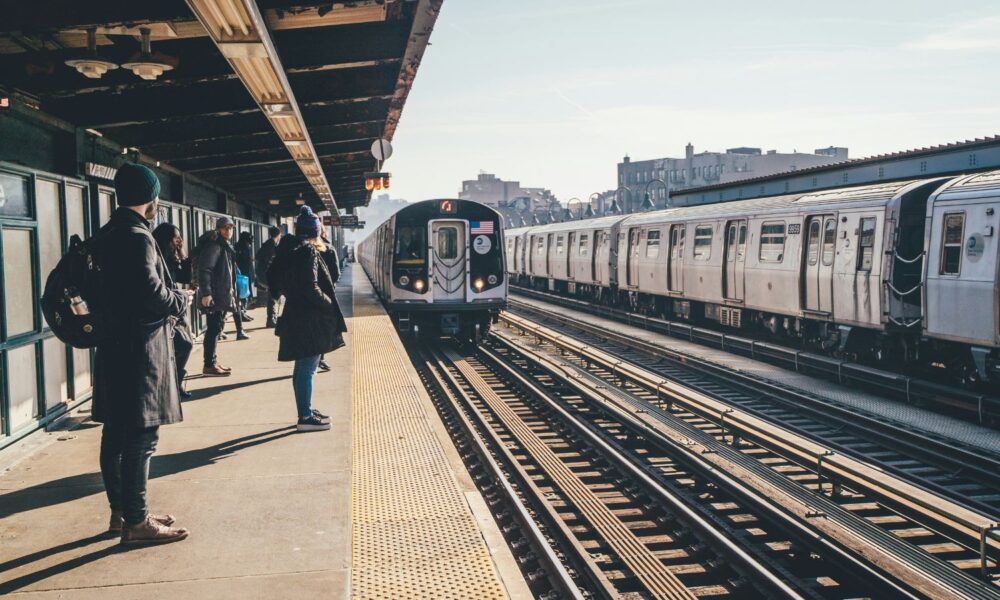Last week, I interviewed a patient who was hospitalized for severe and persistent asthma attacks. Ms. S (a pseudonym to protect patient privacy) had been perfectly healthy until her respiratory symptoms commenced one year ago. She described her struggle to breathe on her worst days as feeling as though “an elephant was sitting on her chest.” I asked about smoking history and exposure to any potential indoor irritants such as dust or mold, all of which she denied. Perplexed, I then thought to ask her about environmental exposures. She noted that she moved to a new apartment around the time her symptoms began. Suspecting a connection, I inquired about the location of her apartment and traffic congestion in the area. Ms. S revealed that she did, in fact, live very close to a main highway, and, to keep active, she took daily walks in her neighborhood. Although it is impossible to conclude causation in her case, I was nevertheless struck by the potential relationship between tailpipe emissions and respiratory health.
In the exam room, all I can do is ensure she is receiving her proper medications. But as a future healthcare provider, I want to use my voice outside the exam room to prevent future cases of disease induced by toxic environmental exposures—which we have the power to change right now.
Vehicles emit 1.5 billion tons of greenhouse gases each year, resulting in the transportation sector being the largest contributor to greenhouse gas emissions across all sectors. Conventional cars, trucks and buses also emit fine particulate matter, volatile organic compounds, carbon monoxide, and sulfur dioxide, all of which are associated with respiratory irritation, infection, and chronic disease. There is plentiful evidence that these pollutants increase the risk of childhood asthma, non-asthma respiratory symptoms, impaired lung function, and cardiovascular morbidity and mortality. I see the direct impact that this cocktail of pollutants has on the increasing severity of respiratory conditions in patients, all while knowing that this same source of pollution is destroying the health of the planet.
But it doesn’t have to be this way. We can transform the way we get around, building a future that brings clean air and clear lungs with it.
Expanding access to public transportation has multiple benefits
One major, and sometimes overlooked, solution to reducing car pollution is already available to us: public transportation. Electrifying vehicles is still important. But choosing to ride a bus or train as opposed to a car yields substantial benefits for the individual, community, and environment. Research shows that riding just one mile by bus in this country, on average, contributes 30% less to climate change than riding alone in a gas car. What’s more, public transportation use leads to more daily physical activity, as commuters often walk or bike to transit stops. In this way, opting for public transportation has a co-benefit of decreasing risk of obesity, respiratory, and cardiovascular disease. Finally, increased access to public transportation has been shown to improve mental health outcomes in older adults, decreasing feelings of social isolation.
For my patients and community to fully realize these wide-ranging benefits, it is crucial that decisionmakers invest in public transit as a public good, opting to view it as a core climate solution and a form of preventative medicine for those who are at risk of respiratory illnesses sparked by pollutants from tailpipes. Transit service has been chronically underfunded—a vicious spiral that has partially led to the health and climate outcomes we see today.
The good news is that there are big opportunities right now to invest in transit systems. Billions of dollars in federal infrastructure funding are flowing down to states—which, with enough public input, can decide to invest in transportation options that work for our health and the climate’s health. What’s more, Congress is finally getting serious about the need to fund transit operations. In January 2024, Representative Hank Johnson introduced H.R. 7039, the Stronger Communities through Better Transit Act which, if passed, would authorize $20 billion to support transit operations every year for four years. The operations side of running a transit system is crucial, covering maintenance expenses, bus and train operators’ salaries, and funding increases in the frequency of service. In fact, over 70% of transit agency expenses are for operations, rather than capital investments (i.e. building a new train line). Analysis has shown that this bill could provide the investments necessary to bring nearly 100 million new hours of transit service across the country, across urban, suburban, and rural areas. One way to support this bill right now is to ask your representative to become a cosponsor.
Investing in reliable, accessible transit service is essential—not only to the 10 million US households who don’t own a vehicle, but also as the bedrock for thriving communities and a better quality of life for all. This service is essential in increasing access to health care, nutritious food, employment, and a social network. It is therefore crucial that local, state, and national decisionmakers invest in public transit infrastructure and operations. There is much room for improvement, and it is my hope, as a medical student and future physician, that a shift towards increased public transportation utilization starts now, in the name of human health and a healthier planet.

